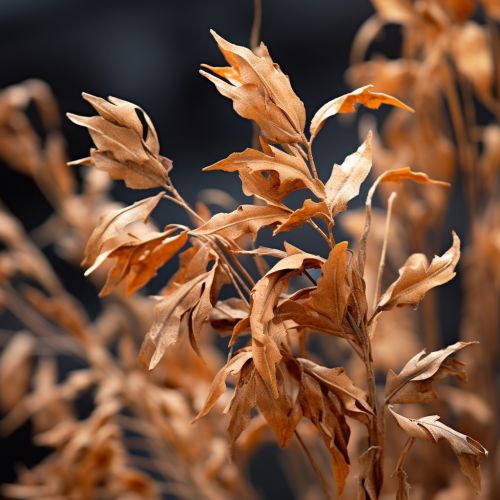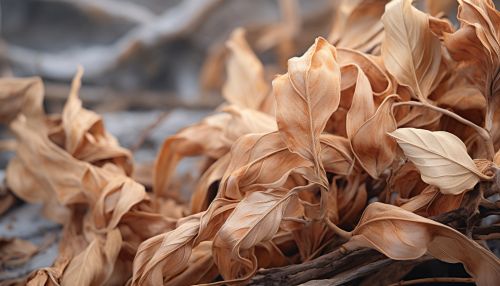Plant Dehydration
Introduction
Plant dehydration, also known as desiccation, is a physiological process that occurs when a plant loses more water than it absorbs. This can lead to a variety of detrimental effects on the plant's growth, development, and overall health. Understanding the causes, symptoms, and solutions to plant dehydration is crucial in the fields of botany, agriculture, and horticulture.


Causes of Plant Dehydration
Plant dehydration can occur due to several factors, often related to environmental conditions and plant care practices. These include inadequate watering, high temperatures, low humidity, and poor soil conditions.
Inadequate Watering
One of the most common causes of plant dehydration is inadequate watering. This can occur when plants do not receive enough water, or when watering is inconsistent. Overwatering can also lead to dehydration, as it can cause root rot, which prevents the plant from absorbing water effectively.
High Temperatures
High temperatures can increase the rate of transpiration, the process by which water is lost from plants to the atmosphere. This can lead to dehydration, especially if the plant does not receive adequate water to compensate for the increased water loss.
Low Humidity
Plants can also become dehydrated in environments with low humidity. This is because the rate of transpiration increases as the humidity decreases, leading to increased water loss.
Poor Soil Conditions
Poor soil conditions, such as compacted soil or soil with poor water-holding capacity, can also lead to plant dehydration. This is because these conditions can prevent the plant's roots from absorbing water effectively.
Symptoms of Plant Dehydration
The symptoms of plant dehydration can vary depending on the severity of the dehydration and the type of plant. However, some common symptoms include wilting, yellowing or browning of leaves, stunted growth, and in severe cases, plant death.
Wilting
Wilting is one of the most common symptoms of plant dehydration. This occurs when the plant's cells lose water and become less rigid, causing the plant's leaves and stems to droop.
Yellowing or Browning of Leaves
Another common symptom of plant dehydration is the yellowing or browning of leaves. This can occur when the plant's cells lose water and the plant is unable to carry out photosynthesis effectively.
Stunted Growth
Plant dehydration can also lead to stunted growth. This is because water is essential for the process of cell division, which is necessary for plant growth.
Plant Death
In severe cases, plant dehydration can lead to plant death. This can occur when the plant loses a significant amount of water and is unable to recover.
Solutions to Plant Dehydration
There are several solutions to plant dehydration, many of which involve changes to plant care practices and environmental conditions. These include proper watering, temperature control, humidity control, and soil improvement.
Proper Watering
One of the most effective solutions to plant dehydration is proper watering. This involves watering the plant regularly and consistently, and ensuring that the plant's roots are able to absorb the water effectively.
Temperature Control
Controlling the temperature can also help to prevent plant dehydration. This can involve moving the plant to a cooler location, or using shade cloths to reduce the plant's exposure to direct sunlight.
Humidity Control
Increasing the humidity can also help to prevent plant dehydration. This can be achieved by misting the plant with water, or by placing the plant in a tray of water.
Soil Improvement
Improving the soil conditions can also help to prevent plant dehydration. This can involve adding organic matter to the soil to improve its water-holding capacity, or loosening compacted soil to allow the plant's roots to absorb water more effectively.
